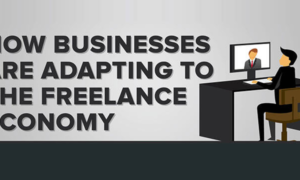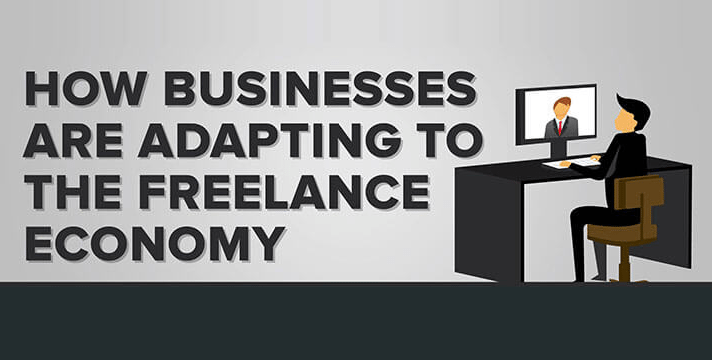The surge in freelancing has created a more flexible way for both businesses and freelancers to enjoy expanded opportunities. The number of active freelancers is expected to continue rising. Staffing analysts believe that businesses will spend up to $46 billion on hiring freelancers by 2020. Studies have shown that skilled professionals are leaving full-time jobs to enter the freelance market.
Companies take advantage of the cost savings and flexibility that comes with the freelance economy. This eliminates the need for training and other costs associated with hiring staff on a full-time basis. Companies select the ideal individuals from work-ready talent pools. From IT specialists and tax consultants to copywriters, there is an abundance of skills to satisfy a comprehensive spectrum of professional roles.
This outsourcing approach allows employers to adjust staffing requirements much faster as opposed to dealing with shortages or over-staffing. Freelancers often share the same values as businesses since they both take an entrepreneurial approach to work. Cloud computing technology has created an enabling environment for remote staffing.
As a result, a large number of freelance marketplaces have emerged over the years. They provide a link between employers and workers for a fee. Employers list new openings for professionals to submit bids. Once the bids have been awarded, workers collaborate remotely according to the guidelines set by the employers.
Startups benefit greatly from this economy because they often cannot afford to hire highly skilled professionals on full-time basis.



